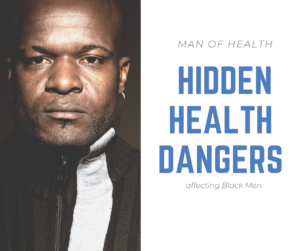“Unlocking the Secrets of Sleep: A Journey Into Your Body’s Night-Time Symphony”
What is Sleep?
When we sleep, we step into a realm where our consciousness is suspended, and the outer world fades into the background. Think of sleep as your body’s very own reset button, gearing up for the next round of wakefulness. The fascinating dance between sleep and wakefulness is an intricate one, where each state influences the other.
What exactly shapes the depth and duration of our sleep?
1. The Power of Chemistry: Meet Adenosine, a unique neuro molecule that accumulates in our body the longer we stay awake. As the day progresses, adenosine begins to slow down our neurons, bathing us in a wave of sleepiness. It’s simple – the more you sleep, the lower your adenosine levels. Conversely, less sleep means higher levels of adenosine. High adenosine levels trigger a strong desire for sleep, making you “sleep-hungry.” Enter CAFFEINE, the adenosine antagonist. It binds to adenosine receptors, blocking adenosine’s access and preventing the onset of sleepiness. However, once caffeine wears off, adenosine comes back with a vengeance, leading to that infamous caffeine crash!
2. The Symphony of Sleep Timing: Beneath our skin, a biological clock ticks away, dictating when we feel sleepy and when we’re alert. This sleep-wake cycle is largely governed by LIGHT, particularly SUNLIGHT.
As the sun rises, our adenosine levels typically dip. Our bodies respond by releasing a HORMONE called CORTISOL along with a small amount of adrenaline. These chemicals signal our bodies to wake up and start the day. Ideally, you want this cortisol surge to happen in the MORNING!!! Interestingly, cortisol, often associated with stress, also kickstarts our day. The release of cortisol sets a timer for melatonin, our sleep hormone, to be released 12-16 hours later.
*Note: High melatonin levels can potentially delay puberty*
What about the Role of Vision in our Sleep?
Our eyes play a vital role in regulating our sleep. When light hits our retinas, signals are sent to our brain’s central clock. This clock then orchestrates a wake-up call to our organs, kickstarting our day. For this process to work optimally, we need SUNLIGHT.
Our bodies yearn for the golden hues of sunlight, especially in its low, morning setting, as it contrasts beautifully with the blues. While our devices emit blue light, it doesn’t stimulate our internal clock as effectively as YELLOW LIGHT. Even sunlight filtered through windows or windshields isn’t as potent.
The timing of sunlight exposure is crucial. If you miss the morning light, you might end up with a late cortisol pulse, which could lead to mental health issues like depression and anxiety.
How long does this process take?
In bright sunlight, it takes just 30-60 seconds for the high photon counts to stimulate our retinas. In darker conditions, it might take a bit longer. Some people resort to sunlight simulators, but nothing beats the real deal. In the early hours, we need a high photon count to activate the cortisol pulse.
You might wonder, “Should I wear blue blockers all day?” The answer is, “Not necessarily.” Blue light can be beneficial too!
So, the next time you drift off to sleep, remember the incredible symphony of processes that help you rest and recharge.




